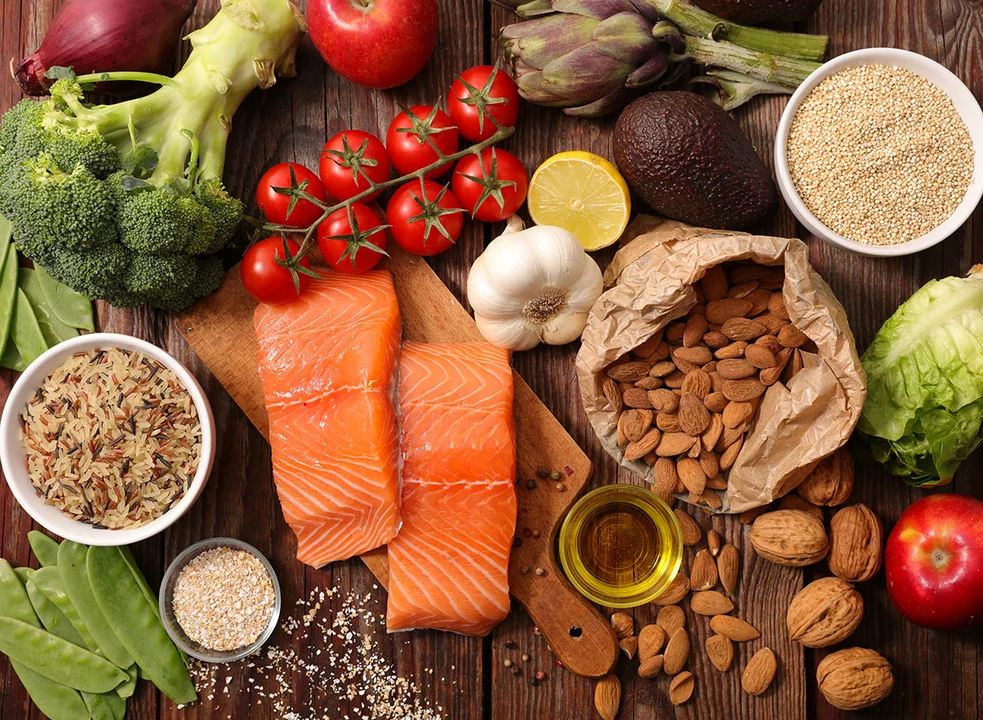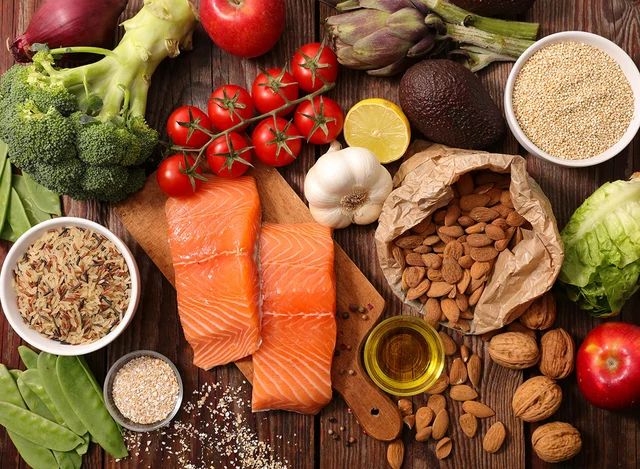Traditional Dishes: Bringing Authentic Flavors to Your Kitchen
Ever wonder why certain dishes feel like a hug from history? Traditional dishes are more than recipes – they’re stories passed down through families, festivals, and whole regions. Cooking them lets you taste the past and connect with the people who created them.
First off, don’t be scared by the word “traditional.” Most classic recipes use everyday ingredients you can find at any market. The magic lies in the technique and the little details that give each dish its unique character. Think of a simple dal or a fluffy paratha – the basics are easy, the flavors are unforgettable.
Why Cook Traditional Dishes?
Traditional dishes keep culture alive. When you make a biryani, you’re not just mixing rice and meat; you’re honoring centuries of trade routes, spice experiments, and street‑food vibes. These meals also teach us patience – many classic recipes need slow cooking, soaking, or resting, which forces us to slow down and enjoy the process.
Another perk? Health. Many heritage recipes rely on fresh vegetables, legumes, and whole grains, with spices that have proven anti‑inflammatory benefits. Turmeric, cumin, and mustard seeds do more than flavor; they boost digestion and immunity.
Simple Steps to Master Classic Recipes
1. Start with quality basics. Fresh ginger, garlic, and onions form the backbone of most traditional Indian dishes. Chop them fine and sweat them in oil until they’re golden – that’s your flavor foundation.
2. Respect the spice order. Add whole spices (like bay leaves or cloves) first, let them sizzle, then toss in ground spices. This layering releases essential oils and builds depth.
3. Don’t skip the resting time. Whether it’s marinating meat for a tikka or letting dough rest for a paratha, patience pays off. Resting lets flavors meld and textures improve.
4. Use a trusty pot. Heavy‑bottomed pans distribute heat evenly, preventing burnt spots that can ruin a delicate curry.
5. Adjust to taste, not just the recipe. If a dish feels too spicy, a splash of yogurt or a pinch of sugar can balance it. Trust your palate – it’s the best guide.
Now, let’s look at two beloved classics you can try this weekend.
Masala Dosa – a thin, crispy crepe filled with spiced potato mash. The batter needs a 12‑hour fermentation, but you can speed it up with a warm spot. Once the batter is bubbly, spread a thin layer on a hot skillet, drizzle a little oil, and flip when edges lift. The filling is simply boiled potatoes mixed with mustard seeds, turmeric, and curry leaves.
Paneer Butter Masala – a rich tomato‑based sauce with cubes of soft paneer. Sauté onions, ginger‑garlic paste, and a blend of garam masala, then simmer with tomato puree, cream, and a dash of sugar. Add paneer cubes at the end, let them soak up the sauce, and serve with naan or rice.
Both dishes showcase how a handful of ingredients, when treated with care, can create unforgettable flavor. The key is to stay curious, practice the steps, and enjoy the aromas as they develop.
So next time you’re planning a meal, pick a traditional dish that intrigues you. Gather the basics, follow the simple steps, and let the heritage of the recipe shine on your table. You’ll be amazed at how cooking history can be both easy and deeply satisfying.

What is the most unhealthy Indian food?
- Date: 30 Apr 2023
- Categories:
- Author: Aarav Khatri
As a food enthusiast, I recently delved into exploring the unhealthy side of Indian cuisine. It turns out, the most unhealthy Indian food is arguably the deep-fried, calorie-laden samosa. While it's hard to resist the delicious taste of this popular snack, the high amounts of saturated fats and cholesterol in the dough and the filling make it an unhealthy choice. Moreover, samosas are often served with sweet and spicy chutneys, adding to the overall calorie count. So, as tempting as it may be, it's best to enjoy samosas in moderation to maintain a balanced diet.




